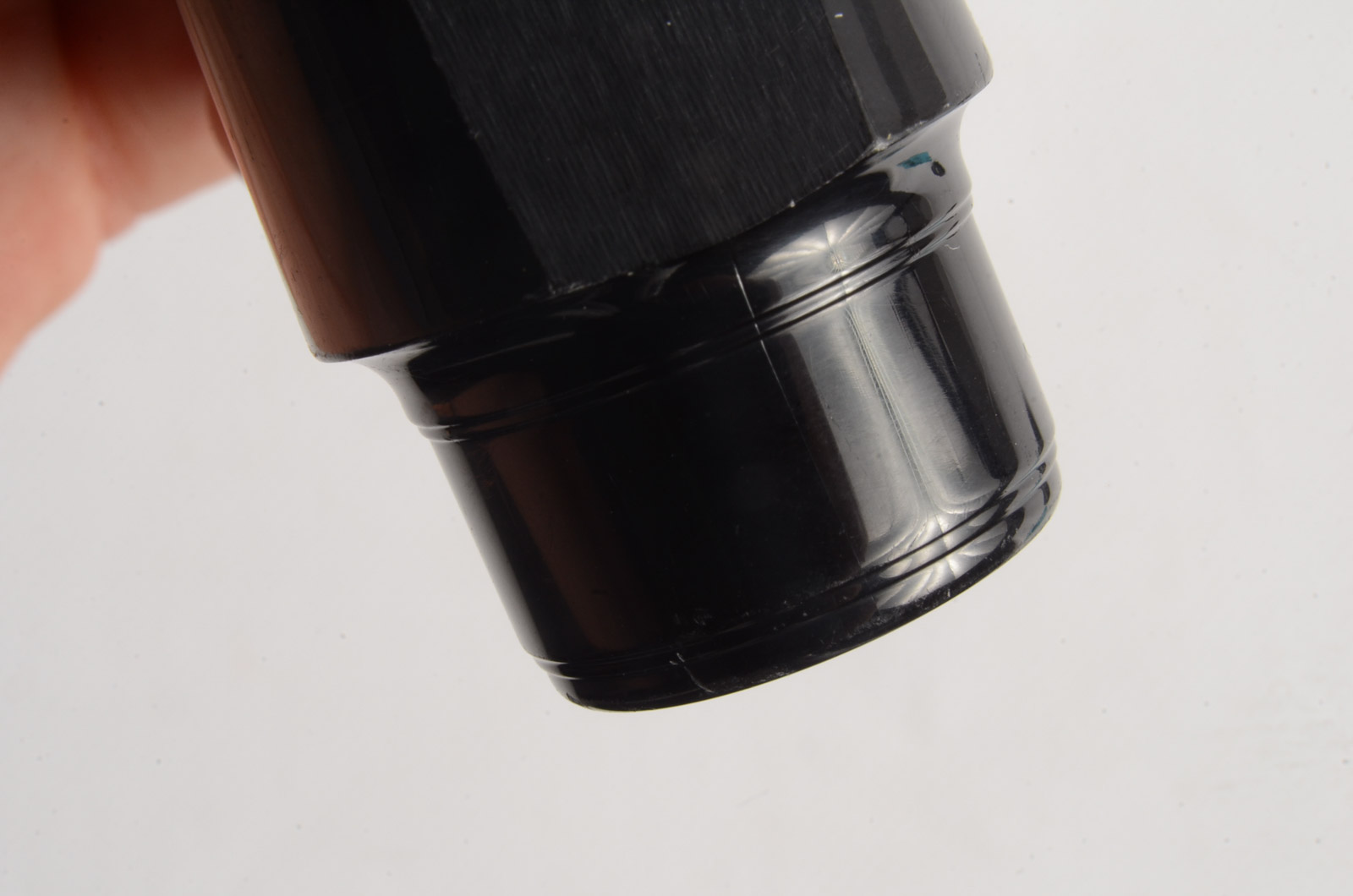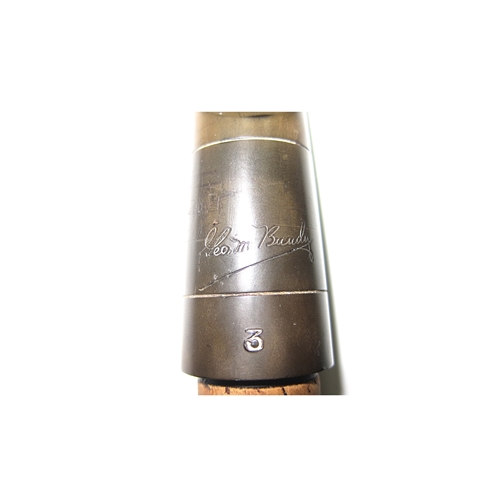
#Leo m bundy bass clarinet model 4 mouthpiece series
Play it at the octave, and smile after you are done.Īnd, of course, I own a low C Selmer from the Series 9 era, thank you very much, in addition to my other basses. Some concert band stuff uses it, but I'd not want to sink the extra thousands in one just to make some college or high school band leader happy. Other than the occasional employment in art music and one or two Broadway shows, there's just not that much demand for the low C horn. You'd need to purchase the elusive low B bass clarinet to make that happen. (Ask me how I know.))ĭoesn't work as well if you are trying to pull off a Wagner bassoon part (with low As), though. There's no way to make that happen, at least not without the above mentioned facial injury. (Is there such a thing as a quick horn change with a bassoon? I did one show ( Little Abner) that allowed all of four bars of quick 4/4 time to make the switch from baritone sax.

It also means one less horn to rack, no bassoon reed to keep ready to go, and less chance of stabbing yourself in the face with the end of the bocal during a quick horn change.

The low C extension gets you down to the pedal Bb on the bassoon. I have found it chiefly useful when there is a bassoon part to be played in a show book, and the contractor/theater doesn't want to pay for an additional horn. However, the metal socket can come "loose", causing equally significant problems as cracking. The socket for the neck on Leblanc horns is a better way to attach the neck, as the metal neck socket is not as susceptible to cracking as a wood one. On a loaner horn I once had to use, this "better" fingering was never quite right, despite herculean efforts of my technician to set it up properly.

The "long rod on the back of the bass" linkage for the "triple hole" register system did not appear on "pro" Leblanc horns until sometime after the 1970s. (The horrid Bundy student bass may have had a better means to implement the peg, but it was inferior in just about every other way.) A mid level two joint horn intended for the "student" market would carry the Noblet imprint rather than the top end Leblanc one. I've used these in the past, and the two joint wooden ones like this were formerly Leblanc's top end instruments, equivalent to the Selmer and Buffet instruments. It looks more like an older "professional" model horn to me.


 0 kommentar(er)
0 kommentar(er)
